
Public gardens walking route
7 April 2025
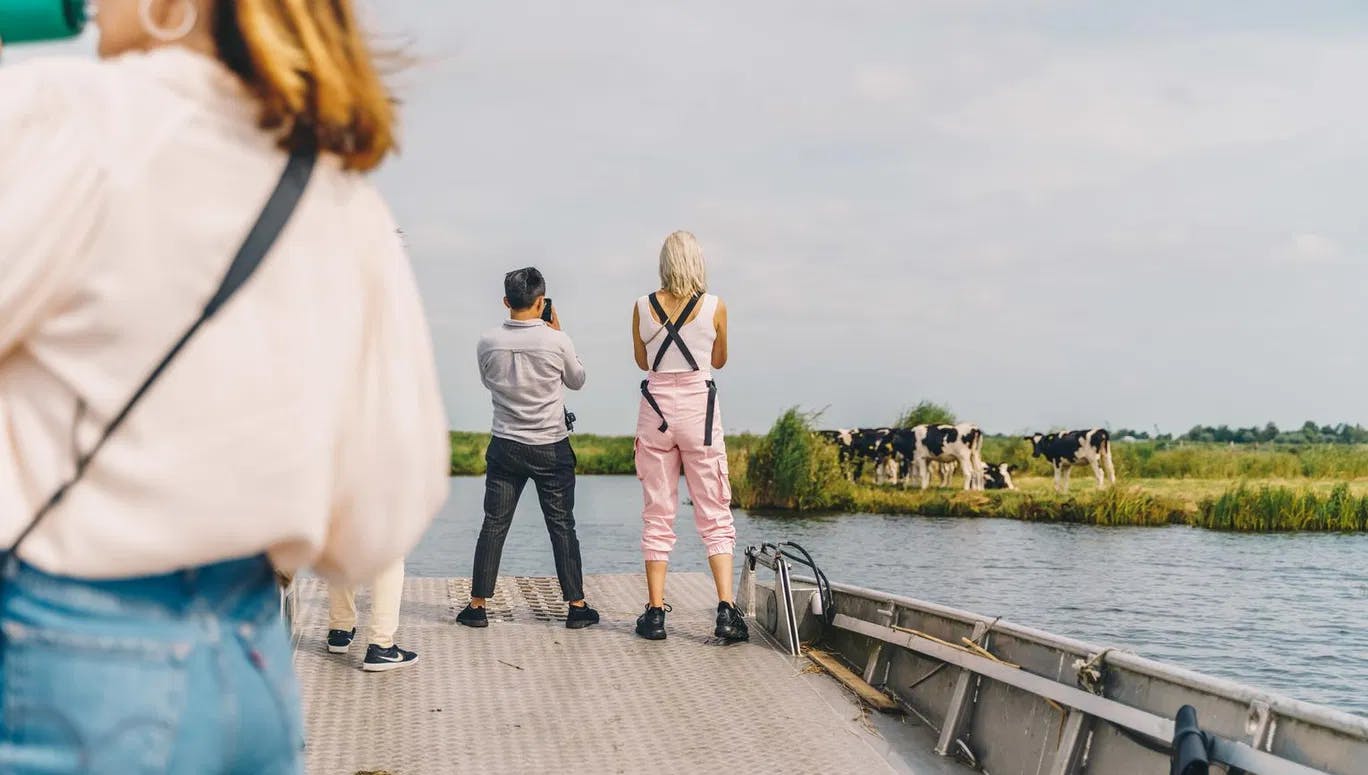
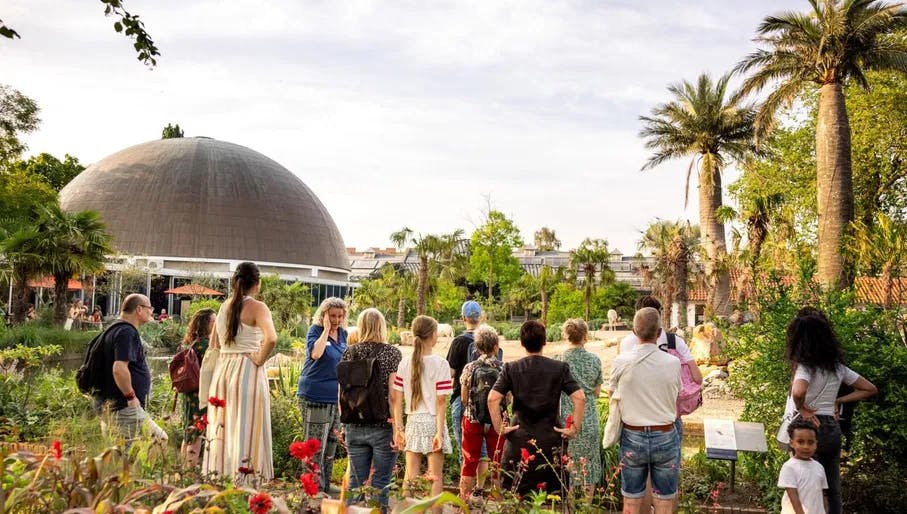
Before people used words like ecology or nature conservation, Amsterdam was known as a centre of expertise on natural history. In the Enlightenment era, when explorers brought exotic plants and animals back from their travels, the Society Natura Artis Magistra was established in 1838 as a members-only zoo. These zoological collections have developed into one of the city’s biggest attractions, Artis. Home to over 750 species of mammals, insects, birds, amphibians and reptiles, the Zoo and Aquarium should be on the top of any nature-lover bucket list.
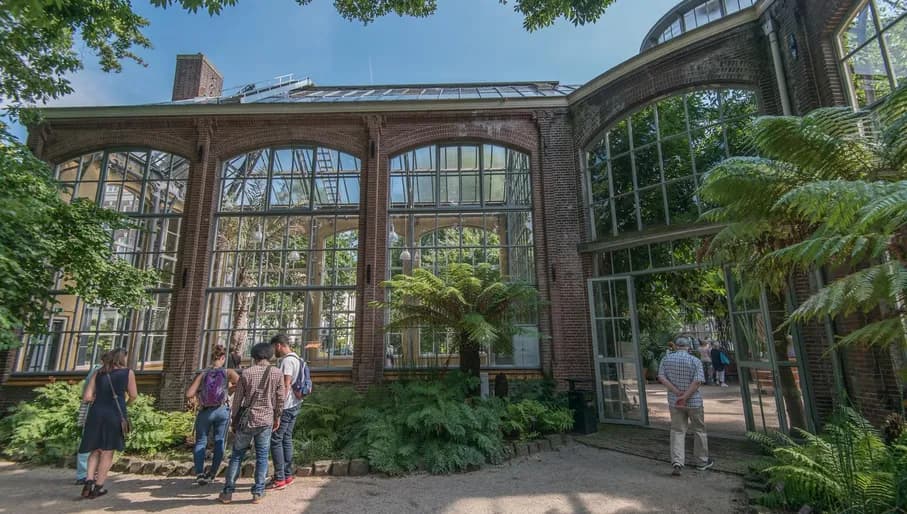
From delicate little cacti to towering palms, those with even a mild interest in botany will be genuinely taken by one of the oldest botanical gardens in the world, Hortus Botanicus. Initially founded in 1638 to serve as a herb garden for the city’s doctors and pharmacists, the grounds contain over 6,000 indigenous and non-native tree and plant species. In addition to a gorgeous cafe, outdoor gardens, and a ‘hothouse’ that emulates three different tropical environments, hundreds of majestic butterflies can be found frolicking inside the Butterfly House.
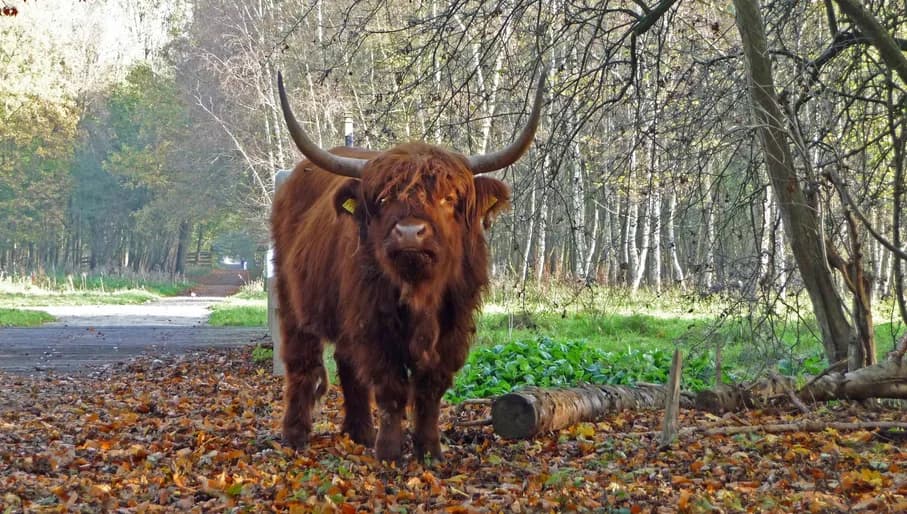

Voted one of the greenest cities in Europe, Amsterdam takes an active approach to sustainability and conservation. The Amsterdamse Bos (Amsterdam Forest) is one of the largest city parks in Europe, containing 150 indigenous species of trees and over 200 species of birds. Starting as a reforestation project in 1934, the Amsterdamse Bos covers over 1,000 hectares. The park offers a natural habitat for rabbits, squirrels, frogs, woodpeckers and birds. Wild orchids and other rare plants grow amongst the reeds.
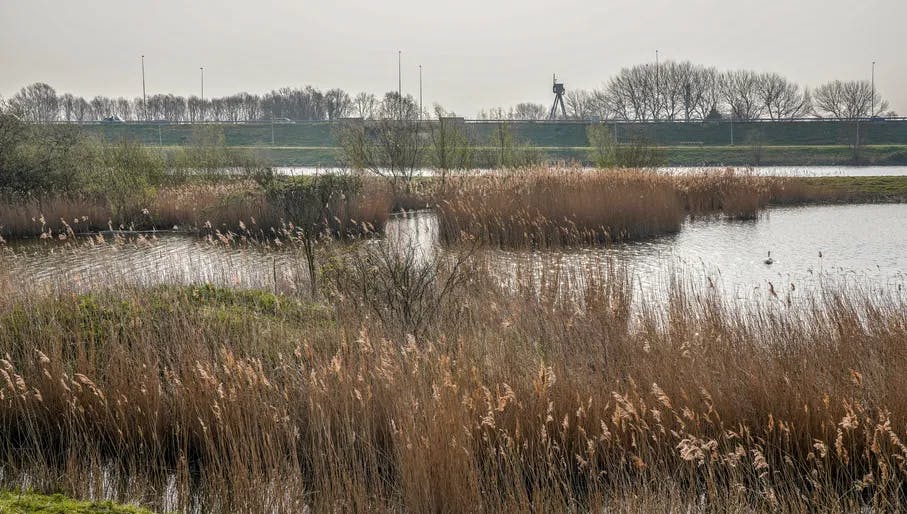
Known as the last city wilderness of Amsterdam, De Lange Bretten is half a kilometre wide and ten kilometres long – making it three times larger than the Vondelpark. Many different types of animals live in this natural area. Buzzards and falcons hunt here; the water is home to thousands of frogs, toads and fish. The "muddy boot trail” (wear your wellies!) is a highlight, and the nature track meanders through an area full of character. Slightly further up, the Geuzenbos is home to many unique animals, including Konik horses and Scottish highlanders.
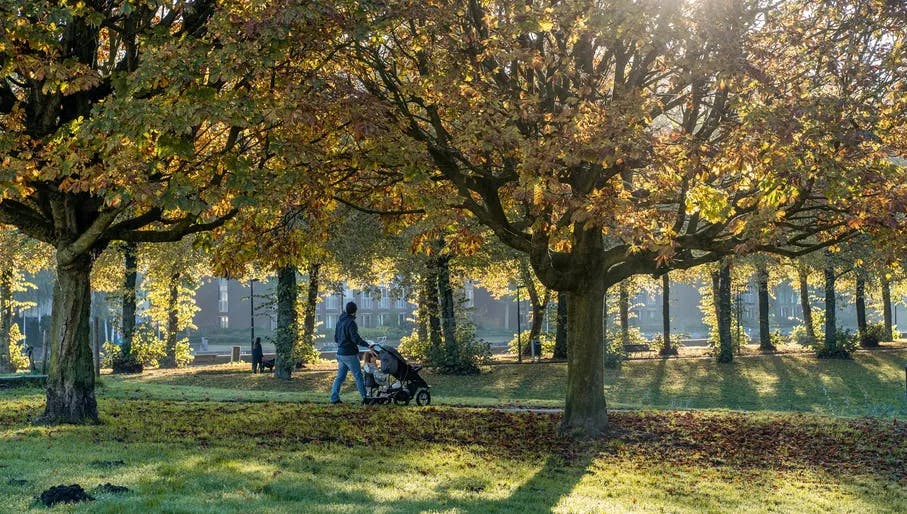
You might be very surprised to learn that Amsterdam is home to a colony of rose-ringed parakeets, known to be living here since the 1980s. There are many rumours about how the first birds got here, but most likely, they were pets that were released or escaped. There are tens of thousands of parakeets in the Netherlands and this number keeps doubling. You’ll spot tons of them in leafy residential districts like Bos en Lommer & De Baarsjes and around Erasmuspark, but truly these raucous green birds can be spotted citywide. Fun fact: Both the males and females of the species have the ability to mimic human speech.
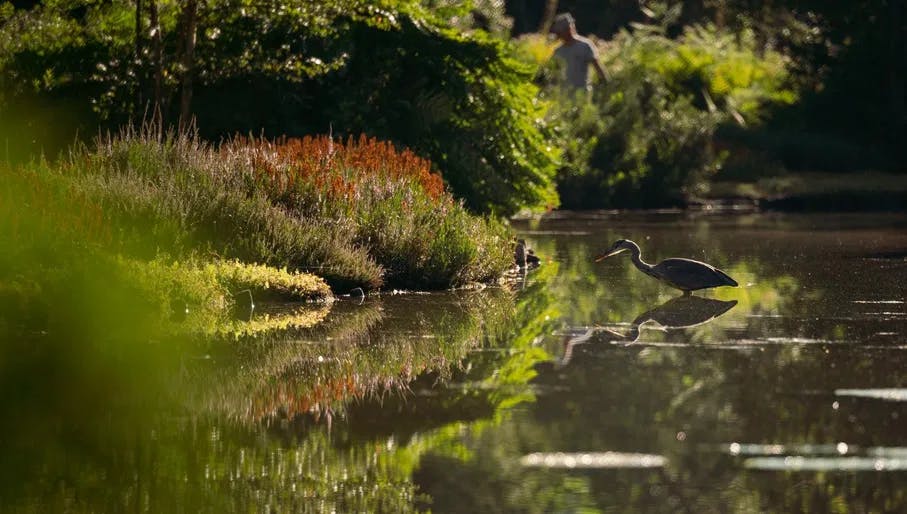
Just as surprising as Amsterdam’s Parakeets are the grey herons, which can frequently be seen in Oosterpark, Flevopark or rummaging for scraps of delicious kibbling when Dappermarkt closes (we've all been there). Usually found in the warmer parts of Europe, the grey heron has become a very common sight in Amsterdam in recent decades. The herons hunt as they usually would but also eat food discarded by humans, visit Artis Zoo (especially during the feeding times of the penguins and pelicans), and hunt for food in gardens.

This vast nature reserve is located along the banks of the IJ in Amsterdam Noord, and it has beautiful water views. Anyone looking for an inner-city safari can spot a diverse range of plants, shrubs and animal species while walking. Keep your eyes peeled, especially for kingfishers and common noctule bats. These rust-brown coloured bats are one of the largest types in Europe and live in trees to hunt for bugs, moths and mosquitoes.
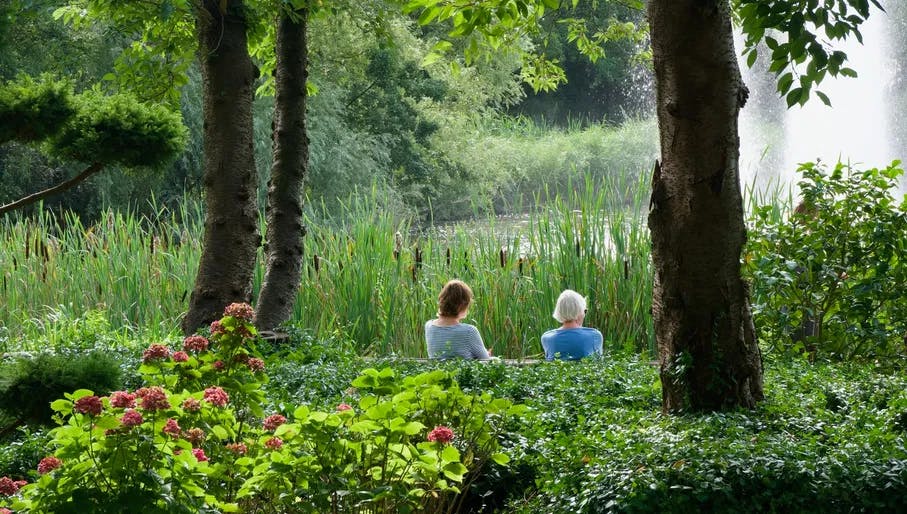
Who would have thought that Amsterdam is home to a small population of red squirrels and they all seem to hang out in Zuid - around the Amsterdamse Bos, Amstelpark and Beatrixpark. In 2012, environmental groups tried to help these little fellas out by building a network of rope bridges through the trees so they could safely cross between the parks without being run over. If you’re in the area, look upwards and see if you can spot their bushy tails trundling through the foliage.
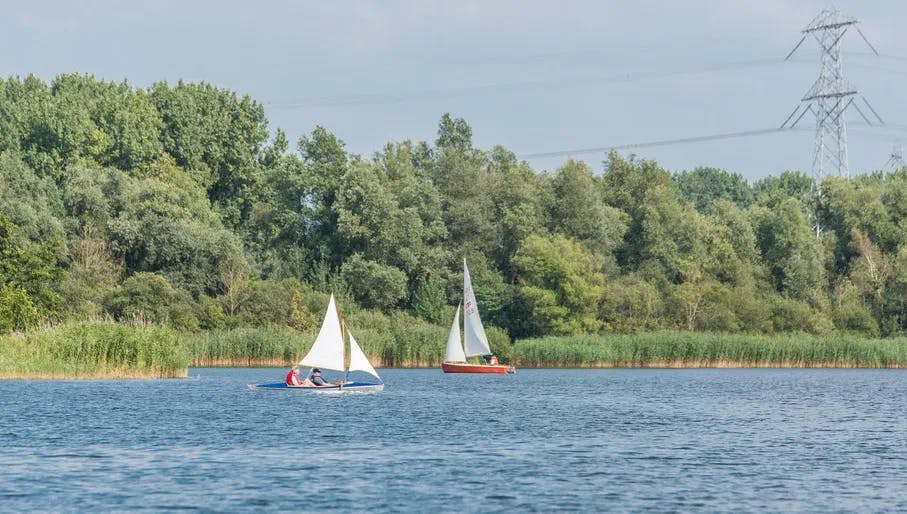
Gaasperplas Park, situated on the edge of the city in Zuidoost and surrounded by marshy water areas, is the perfect habitat for Amsterdam’s most famous amphibian species. You might be (un)lucky enough to spot a grass snake - small non-venomous reptiles that eat frogs and tiny mammals. They have a yellow band around their necks and two rows of small, dark patches on their backs. The area is also home to natterjack toads, recognisable for their yellow stripe running across their backs, yellowish-green eyes, and mating calls that can be heard up to a kilometre away.
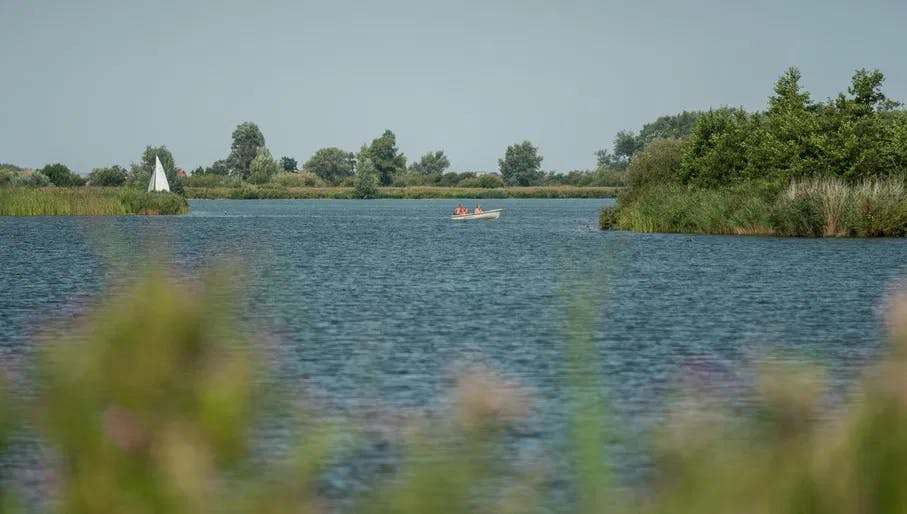
The varied landscapes of Amsterdam Noord and its surrounding areas are perfect for exploring on foot or by bike. Watery Ilperveld near the village of Landsmeer makes a great day trip from Amsterdam. It has dozens of islands that attract rare birds and plants. You can hike, picnic alongside the water or hire kayaks, canoes and rowing boats. Take a scenic 7-kilometre bike trip from Amsterdam along the watery landscape before ending at Ilperveld visitor’s centre. Meanwhile, Het Twiske is another gorgeous waterscape brimming with birds, small mammals – including mice and bats - and fish.

When the stork population declined a few decades ago, various breeding projects were set up by environmental groups to prevent the species from going extinct. The best place to spot these magnificent white birds is at the artificial nesting site in Vondelpark. The area is fenced off from the public, but you can often see the mating pair swooping down from their nest. Now, that’s some desirable real estate!